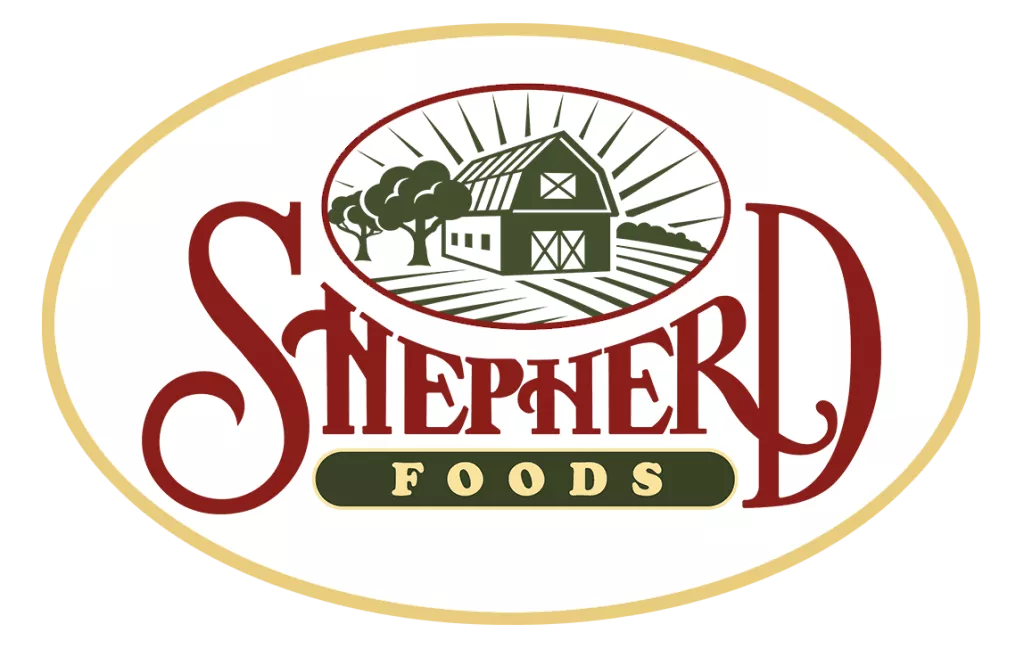There is plenty of information in support of the benefits of freeze dried food and how it is processed. Another important thing to consider about your superior freeze dried products is the best method for rehydrating them! This is because the best methods for rehydrating freeze-dried food are not done in the same way as rehydrating dehydrated foods.
You no doubt want to provide your consumers with a quality product. A great way to help deliver the utmost quality all along their experience of your product is to also meet them at the reconstitution stage! This can be done by including some simple yet constructive instructions or tips on your packaging (you can also take advantage of Shepherd Foods powerhouse Co-Packing services) for a delicious outcome.
Continue reading below for some of these tips that can help your business offer a product that is better than the rest:
You Have to Replenish the Moisture
Simply put, to rehydrate freeze-dried food, you must add liquid to reconstitute it to its original state. This doesn’t always have to be regular water, for the only requirement is that the food regains its moisture. The reason for this is that the freeze drying process leaves microscopic holes or pores throughout the food where the moisture was evaporated. Due to this nature, the texture and nutrients of the food are well preserved during processing.
Some foods can effectively be reconstituted while taking in additional flavor from liquids like broths or juices. There is a lot of room to get creative with!
It Needs The Right Amount of Moisture
Secondly, another important thing to remember is to add the appropriate amount of liquid during rehydration. This variable depends heavily on the type of food.
For example, if two cups of dried peas need to be rehydrated, four cups of cold water are needed, whereas fruits will generally yield different directions. Different kinds of food require more liquid or less liquid, so be sure to include the instructions on your packages.
An easy mistake to make while rehydrating freeze dried food is to over-water it, and can actually negate the major benefits of this type of food. In a pinch, adding enough water to create a “pool” at the bottom of the container should do (be sure to stir every few minutes!). Remember, meats, such as jerky and ham, may need much more water than you might have guessed. Fortunately, once you have added the proper amount of water, the food is ready to eat!
Does The Purpose Call For No Moisture?
Some applications freeze dried food are known for do not call for reconstitution in any measure. An example of this can be seen when a chef may be looking to add bursts of color and flavor to their desserts. Freeze dried fruit powders are highly effective for achieving beautiful displays and delicious profiles from foods that otherwise would remain rather plain. However, a reconstituted fruit powder can’t be delicately sprinkled atop a cheesecake or other artistic yet edible surface.
Frostings and other thick or stiff ingredients can easily take in freeze dried powders and may even gain a more desirable texture by absorbing them. Alternatively, if it was rehydrated, it could add too much liquid and leave it a runny mess.
Conclusion
While your packaging design could be attractive to your customers and your product could certainly be of amazing quality, if the best methods for rehydrating are not used, it could end up being very undesirable. Investing some time to learn about how individual foods react to reconstitution can help you help your consumers in a way that could really gain their trust. Offering a quality product with care and investment is always a win-win.
For more information about the Co-Packing, Co-Manufacturing, and professional freeze drying processes at Shepherd Foods, give us a call today at (800) 497-8321. You can visit our website to learn more about our industry quality processing and how it can help your business boom during an increasing freeze dried foods market.

